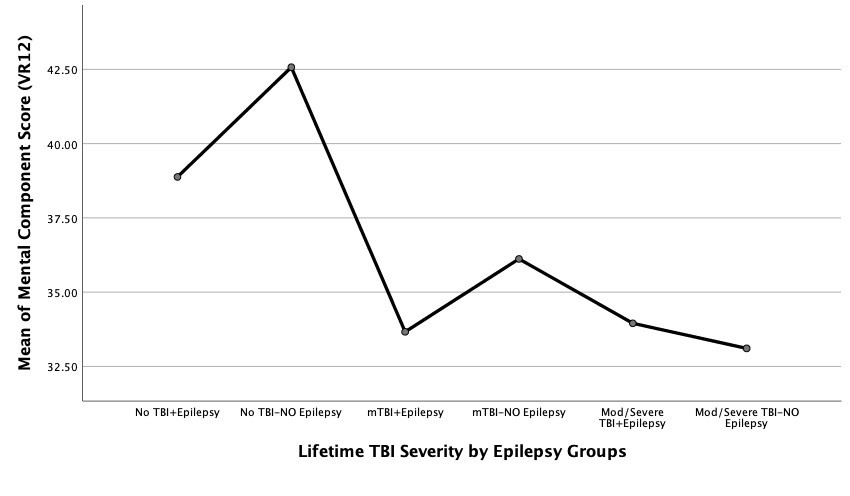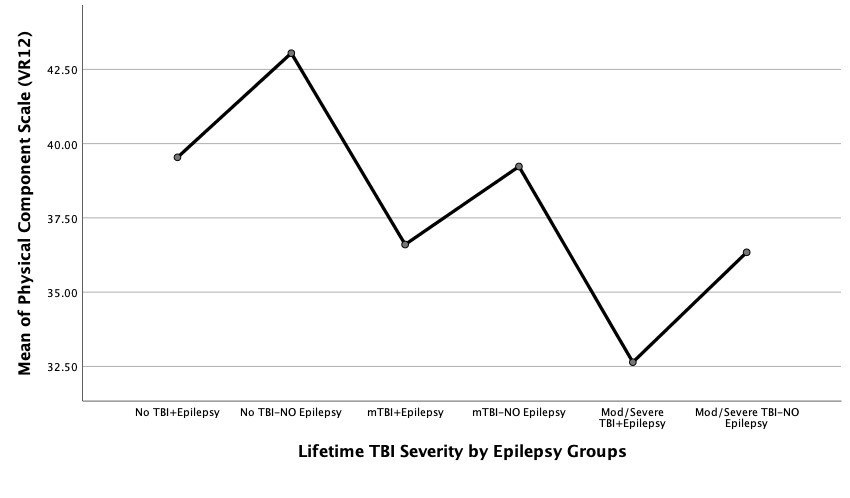Epilepsy
The Epidemiology of Epilepsy and Traumatic Brain Injury: Severity, Mechanism, and Outcomes



Posted July 3, 2020
Mary Jo Pugh, Ph.D., RN, South Texas Veterans Health Care System

Dr. Mary Jo Pugh
The roadmap toward designing the next generation of clinical trials for post-traumatic epilepsy (PTE) is complex. While many pharmacological treatments are available, they are not always effective and can have side effects that seriously affect daily living. A key and critical facet of moving clinical interventions forward is understanding who is most vulnerable to PTE following a traumatic brain injury (TBI). Only after identifying that group of individuals can a careful assessment of their needs and challenges be ascertained.
Dr. Mary Jo Pugh has begun asking these essential questions and has taken up the challenge of characterizing PTE among Veterans. Basic questions like, “how many post-9/11 Veterans have epilepsy or have had a TBI?” remain unanswered. Finding the answers to these questions will help us understand the interrelationship between TBI and epilepsy, as well as what accelerates or increases vulnerability to epilepsy after TBI. Dr. Pugh hypothesized that co-morbidities, such as mental health issues, may be present in individuals with PTE and inhibit their ability to function independently. To date, she has started to measure the behavioral and cognitive consequences of TBI in individuals with TBI/epilepsy. She has found that individuals with both conditions may face worse consequences, such as depression, suicidality, and self-reported memory problems. Her preliminary data also suggests that women with both TBI history and epilepsy are more vulnerable to these and other outcomes such as self-reported quality of life.
When the study is completed, an improved understanding will be gained of who is most vulnerable and how their daily lives are affected. In addition to informing the types of medications they should receive, studies such as these may aid in further tailoring their care. For example, individuals facing mental health issues may receive increased psychological counselling to help them deal with this co-morbidity, and those reporting memory problems may be followed more closely to assess the possible emergence of cognitive disorders.


Physical and mental component scores of the VR-12 (quality of life measure). TBI severity is based on lifetime TBI severity identified by the Ohio State TBI identification measure. Statistically significant differences are observed on physical component scale scores among all groups. Those with epilepsy have lower scores than those without epilepsy within each TBI severity strata on physical component scale. As TBI severity increase, physical component scale scores are lower. Similar patterns are observed on mental component scale scores; however, there are no significant differences by epilepsy within the moderate/severe TBI groups.
Link:
Last updated Thursday, December 5, 2024














